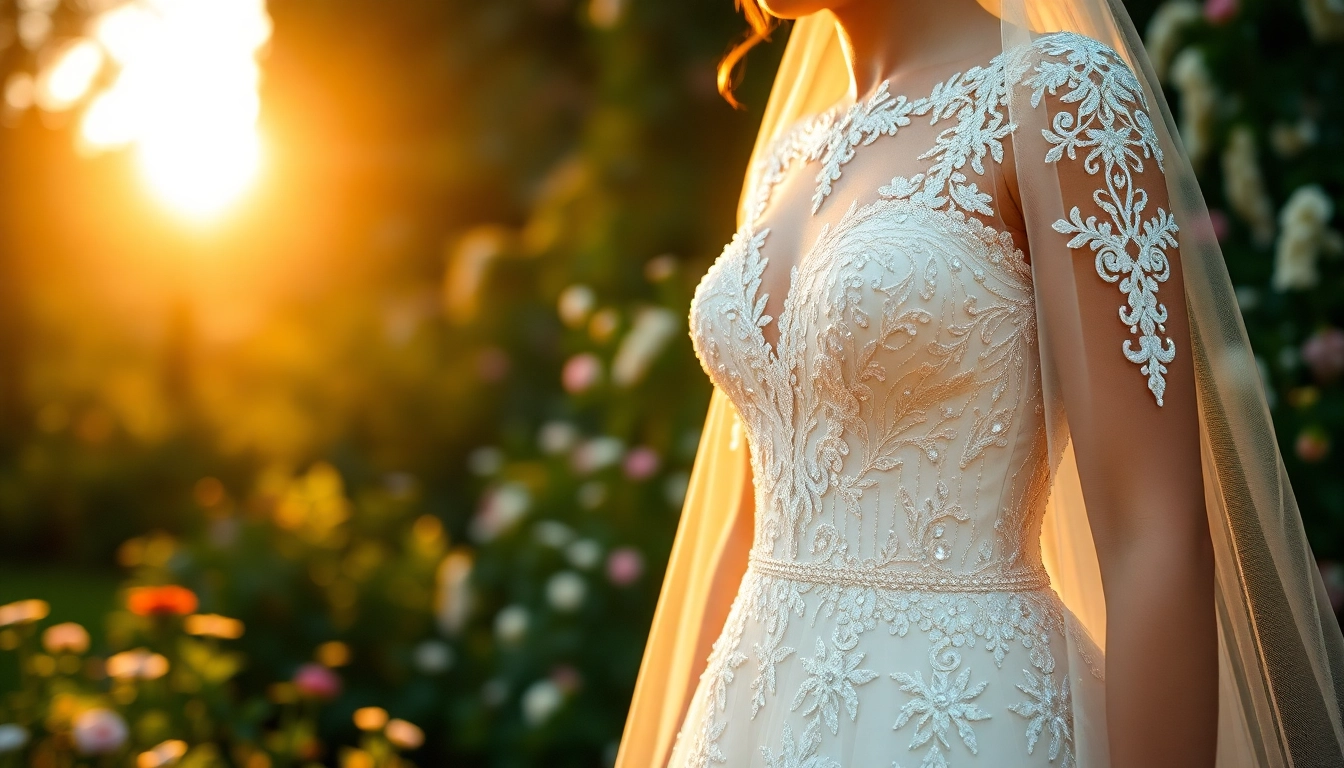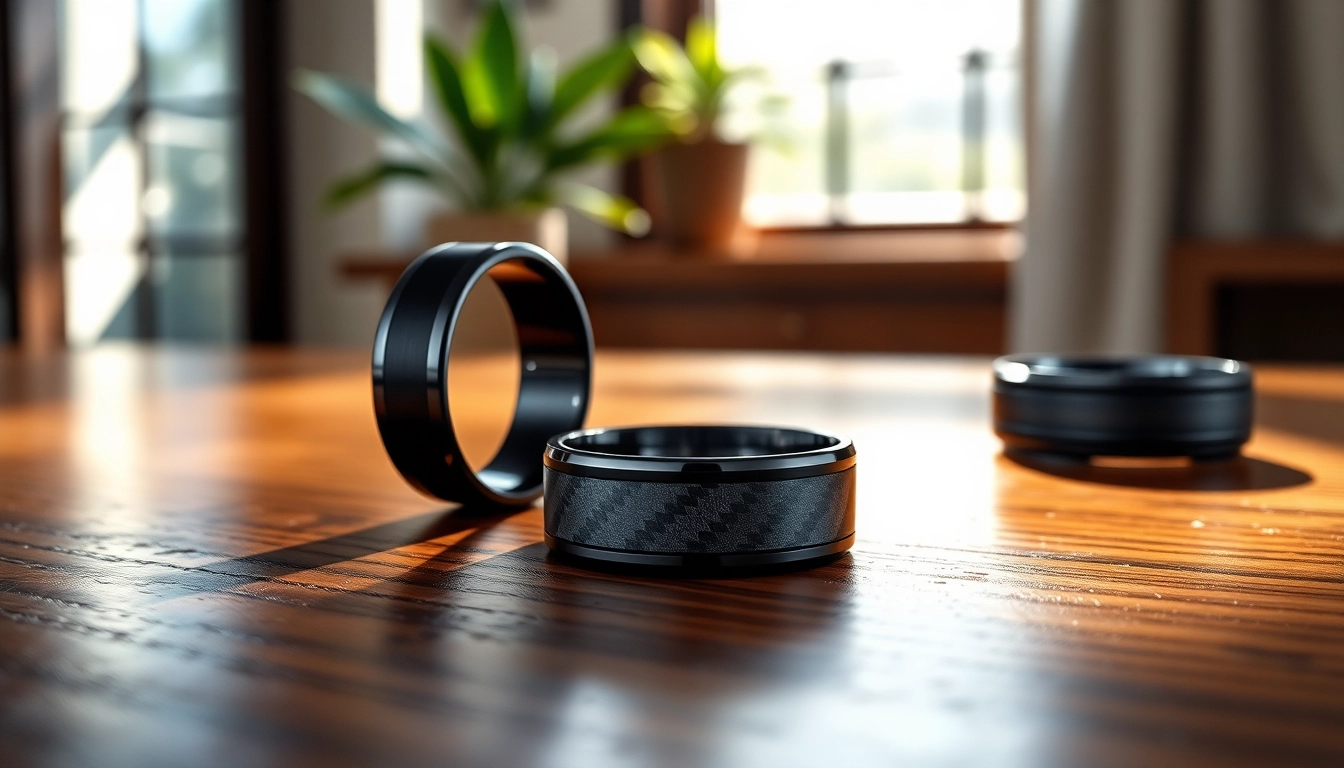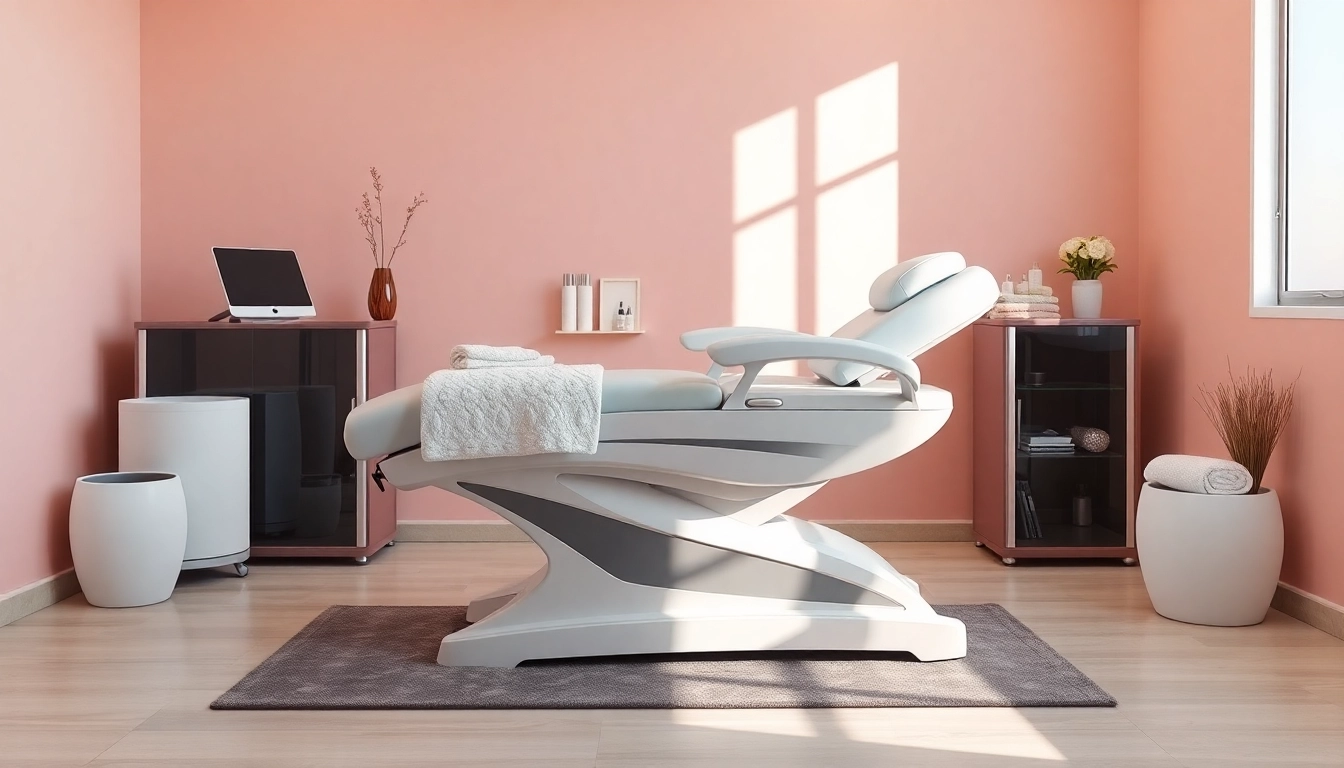Understanding Beaded Wedding Dresses
1. What Defines Beaded Wedding Dresses?
Beaded wedding dresses are a luxurious staple in bridal fashion, celebrated for their intricate embellishments that add an element of glamour and sophistication. These dresses are characterized by the use of beads—tiny decorative elements often made from glass, crystal, or plastic—that are hand-sewn onto the fabric to create unique patterns, designs, and textures. This embellishment not only enhances the visual appeal of the dress but also elevates the overall design, making it suitable for brides seeking a blend of traditional and modern aesthetics.
The beauty of Beaded Wedding Dresses lies in the vast array of styles, cuts, and shades available, allowing brides to express their personal style while adhering to their wedding themes and locations.
2. Materials and Construction Techniques
A beaded wedding dress could be made from various fabrics such as silk, satin, organza, lace, or chiffon, each contributing its unique texture and drape. The construction process typically involves several steps: selecting the right base fabric, designing the embellishment pattern, and securing the beads through hand- or machine-sewing techniques.
Hand-sewing beads requires significant skill, as each bead must be placed precisely to ensure a balanced design. This meticulous process often results in higher-quality dresses that can endure wear and tear over time. On the other hand, machine-sewn beads allow for quicker assembly and can be found in more budget-friendly options.
Additionally, the choice of beading technique—like the use of sequins, pearls, or crystals—can drastically affect the overall look. For instance, crystal beading provides a sparkling effect under light, while pearl beading lends a vintage elegance.
3. History and Evolution of Beaded Designs
The art of beading dates back thousands of years, with historical evidence suggesting its use in ancient Egyptian clothing and accessories. In bridal fashion, beading has seen a significant transformation, especially throughout the 20th century. Originally, wedding gowns featured simple designs, but as fashion trends evolved, so too did the use of beads.
The Roaring Twenties marked a particular uptick in the popularity of beaded dresses, as flapper styles introduced a more glamorous silhouette that embraced beaded embellishments. Fast forward to the modern day, and beaded wedding dresses have become a symbol of grandeur and elegance, frequently seen on magazine covers and red carpets.
Styles of Beaded Wedding Dresses
1. Classic vs. Modern Styles
Classic beaded wedding dresses often draw on traditional aesthetics with long trains, sweetheart necklines, and intricate lace details. These timeless designs use beading to enhance modest silhouettes, creating a refined and sophisticated look.
Conversely, modern styles have taken on a bolder approach, embracing unconventional cuts such as high-low hems or asymmetrical silhouettes. These dresses often utilize geometric bead patterns and unique fabrics that challenge traditional bridal fashion norms. Modern styles can include details like illusion bodices or cutouts that showcase more skin, supported by beading that enhances the overall structure and design.
2. Popular Silhouettes Featuring Beading
When it comes to silhouettes, several styles are particularly popular in beaded wedding dresses. The A-line silhouette is universally flattering, characterized by its fitted bodice and flowing skirt, which is perfect for accentuating the waist while allowing freedom of movement. Princess cut gowns often incorporate beading along the bodice or skirt, creating a harmonious flow.
The ball gown remains a classic choice, where layers of fabric are combined with intricate beading to create a voluminous look. The mermaid silhouette, which hugs the body and flares out at the knee, benefits from beading that highlights curves, adding accents that draw the eye.
3. Seasonal Trends in Beaded Dresses
Trends in beaded wedding dresses often change with the seasons, reflecting current fashion inclinations and bridal preferences. For instance, spring weddings may feature lighter fabrics with delicate beading showcasing floral motifs, while autumn weddings might opt for deeper hues and heavier beading that reflects the richness of the season.
Each year sees new color palettes and designs emerge; recently, the use of pastel colors combined with intricate beads has become a popular trend for a fresh, youthful aesthetic. Including transparent elements mixed with beading can yield a stunning effect, transforming traditional wear into fashionable statements.
Choosing the Perfect Beaded Wedding Dress
1. Body Types and Flattering Designs
Selecting the right beaded wedding dress begins with understanding your body type. Different cuts and styles will highlight various features, so knowing your body shape is essential. For example, hourglass figures may benefit from dresses that feature emphasize the waist, often complemented by strategic beading along the bodice. A-line dresses are excellent for pear-shaped bodies, while the mermaid silhouette suits those with a more athletic figure.
Brides with fuller figures might prefer flowing fabrics that drape elegantly, focusing on styles that provide comfort without compromising style. Additionally, beaded accents can draw attention toward the face and décolletage, helping enhance the bride’s overall appearance on her special day.
2. Color Choices and Their Impact
Color plays a vital role in the overall impact of a wedding dress. While traditional white gowns remain classic, modern brides increasingly opt for shades like ivory, champagne, or even pastel colors adorned with beads. Each shade can evoke different emotions and cater to different wedding styles, from rustic to opulent.
When considering color, it’s also essential to reflect on skin tones. Warmer tones like ivory can complement warmer skin tones, while cool whites might favor those with cooler undertones. Brides should try various shades with beading samples to assess which combinations resonate best.
3. Importance of Dress Fitting and Comfort
A well-fitted dress not only enhances appearance but also boosts confidence. Given that beaded dresses can be more structured, proper fitting becomes even more critical. It’s advised to schedule fittings several times leading up to the wedding to ensure the gown is comfortable and flattering.
Brides should consider their movements during the day, from walking down the aisle to dancing at the reception. It’s advisable to choose a dress that allows ease of movement while maintaining style, ensuring that beading doesn’t become a hindrance.
Care and Maintenance for Beaded Wedding Dresses
1. Cleaning Techniques for Beaded Fabrics
Caring for beaded wedding dresses requires careful attention to cleaning methods to avoid damaging delicate embellishments. It is recommended to have professional dry cleaning to ensure safe and thorough cleaning. When storing the dress for future wear, it must be packaged in breathable materials to avoid mildew and fading caused by tight or plastic wrapping.
At home, light cleaning can be performed by gently brushing away dirt with a soft cloth or a makeup brush. Spot cleaning small stains with mild detergent and water is also advisable, but it should be tested on a hidden area first.
2. Preservation Tips After the Wedding
Post-wedding preservation is crucial to maintaining the beauty of a beaded wedding dress. Brides should consider having their dress professionally preserved, which involves cleaning followed by treatment with acid-free materials to prevent discoloration. The gown should be stored in a cool, dry place away from direct sunlight to ensure its longevity.
Many bridal shops or specialty preservation services offer packages that include beautiful boxes designed to protect dresses while allowing visibility for display purposes.
3. Repairing Minor Damages to Beading
Minor damages to beading, such as loose or missing beads, can often be repaired at home with some care. Having a small sewing kit handy, including thread that matches the dress color and additional beads, can assist in performing quick repairs. For more substantial damages or intricate designs, consulting a professional seamstress is advisable to retain the dress’s value and integrity.
Brides should always inspect their dress regularly, especially after the wedding day, to ensure that wear and tear are addressed promptly. Timely repairs can avert further damage and preserve the dress for future generations.
Real Weddings: Beaded Wedding Dress Inspirations
1. Iconic Celebrities in Beaded Gowns
Celebrities have long made an impact on bridal fashion, with many opting for beaded gowns on their big days. Iconic examples include the stunning Vera Wang creation worn by Meghan Markle, which featured intricate beading that complemented the elegant stature of a royal wedding. Other celebrities, like Jennifer Aniston and Emma Stone, have also chosen beaded dresses that reflect their unique style and have inspired countless brides worldwide.
2. Unique Wedding Themes Featuring Beading
Beaded wedding dresses can fit seamlessly into various themes. Whether for a vintage-inspired event with lace and pearls or a glamorous Hollywood-style ceremony, beading can add that touch of elegance. Rustic weddings may see brides merging natural elements with their gowns, using beading to enhance bouquets or headpieces.
Destination weddings also offer opportunities for beading, as many brides seek lighter fabrics adorned with beads that catch the ocean breeze, perfect for outdoor venues and scenic backdrops.
3. Testimonials and Experiences from Real Brides
Brides often share their experiences with beaded wedding dresses in various forums and social media platforms. Sharing insights about their style, the comfort level of their dresses, and how the beading contributed to the overall look has proven invaluable for brides-to-be. Many report feeling an added sense of glamour and elegance that reflects their personalities and enhances their special day.
Such testimonials accentuate the importance of thoroughly researching styles, selecting a reliable designer, and above all, ensuring that the chosen dress resonates with their vision of the perfect wedding.



